Do you know by reducing churn from 3% to 2% in a year you can potentially earn one month’s revenue?
In this article, we’ll discuss different strategies that can bring down churn. We will also discuss the role of customer engagement, feedback, and pricing strategies that can lower churn for SaaS businesses. Lastly, we will try to cover how leveraging data analytics can predict and prevent churn.
Understanding Customer Churn in SaaS: A Prerequisite to Prevention
The churn rate of a SaaS company is the percentage of customers canceling their subscription to a service. For example, a churn rate of 5% means 5% of your total customers will cancel their subscriptions in a week, month, etc.
Due to churn, US businesses lose over $136 billion yearly, so churn reduction is not a metric you can take lightly.
How Churn Impacts Growth
Acquiring a new customer costs nearly five times more than keeping an existing one. Reducing churn will automatically lead to more profit.
Let's see an example of what happens to your revenue when your customers quit.
Suppose you have a 6% monthly churn rate, with 300 customers paying 11,150 in six months. That means you're also losing this amount if your churn grows by 4%.
Regular vs. Activity Churn
The first mistake is considering churn as a general, one-size-fits-all metric. Instead, it can be categorized into regular and activity churn.
Regular churn is the overall percentage of customers who stop using a service within a certain period. It reflects the standard attrition rate. Meanwhile, activity churn focuses on the reduced engagement or interaction with your services.
Both metrics help you understand what needs changing in your business model as well as your SaaS product’s features.
CLV and Churn
You can't understand churn without understanding customer lifetime value (CLV). It's the reciprocal of churn.
For example, with a 5% churn rate, the expected customer lifetime will look like this:
1 / 0.05 = 20 months.
So, let’s you’re spending 16,666.
Personalizing the Onboarding Experience for Enhanced Customer Retention
According to this Upland study, the average mobile phone app retention rate after 90 days is only 20%. That means most app users churn within the first three months.
There’s one major cause of premature churn: poor onboarding. They won't stick to it if they don't have enough guidance to navigate your service. Sprout Social is a great example, sending onboarding emails whenever a user signs up.
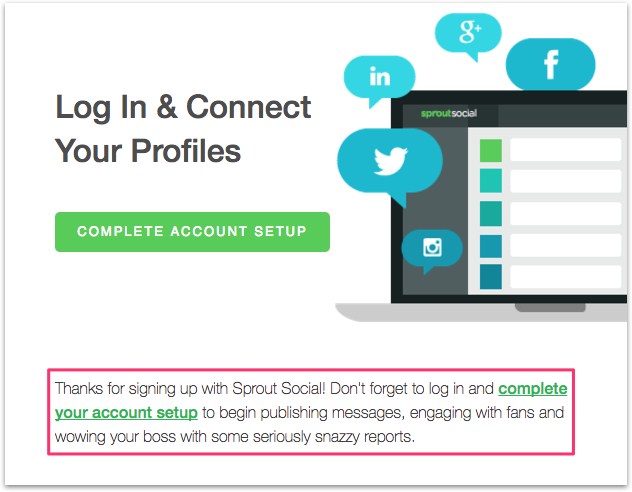
By reducing friction early on, you can make your users feel welcome and more likely to stick with your product. Magoosh is another good example, increasing signups with a welcome email in the onboarding flow.

To turn your service into a daily must-use for your users, your onboarding needs quick and easy wins. Setting up their account should feel like one success after another. Let's look at a few more examples of how businesses are reducing churn with personalized SaaS onboarding.
Dollar Shave Club
Dollar Shave Club knows that its customers have one common demand: quality razors at an affordable price. It acknowledges this and inserts it into the daily lives of its subscriptions in every package, pamphlet, and email. It's a good way to reiterate that the customers need its services.
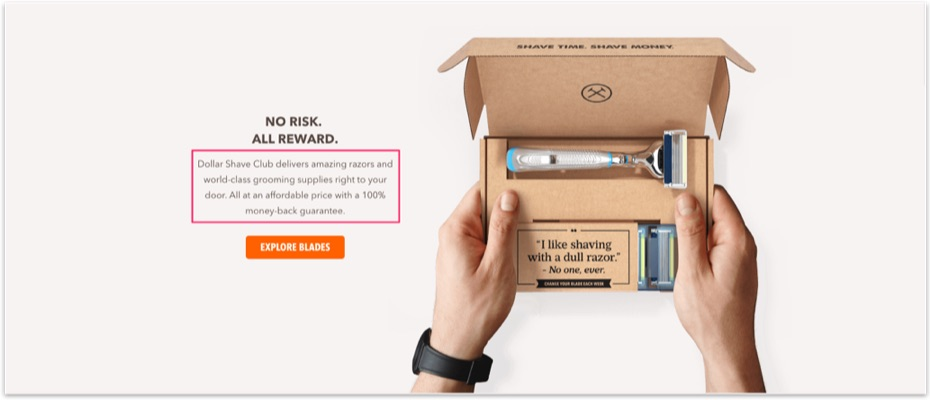
Zapier
Meanwhile, Zapier emphasizes its importance when it sends an invoice to the users. It reiterates the benefits and features of the payment plan the company is sending an invoice email for.
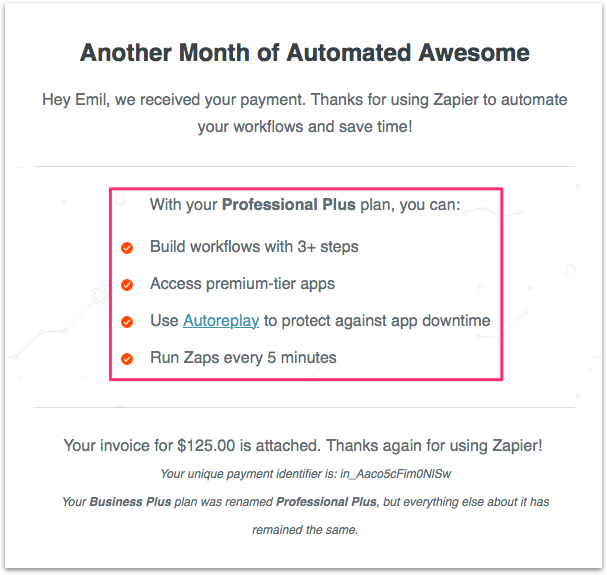
Freshbooks
User engagement can look different for services that can't become daily must-uses. Freshbooks, for instance, entices its users to read its latest articles by linking to them in its emails.
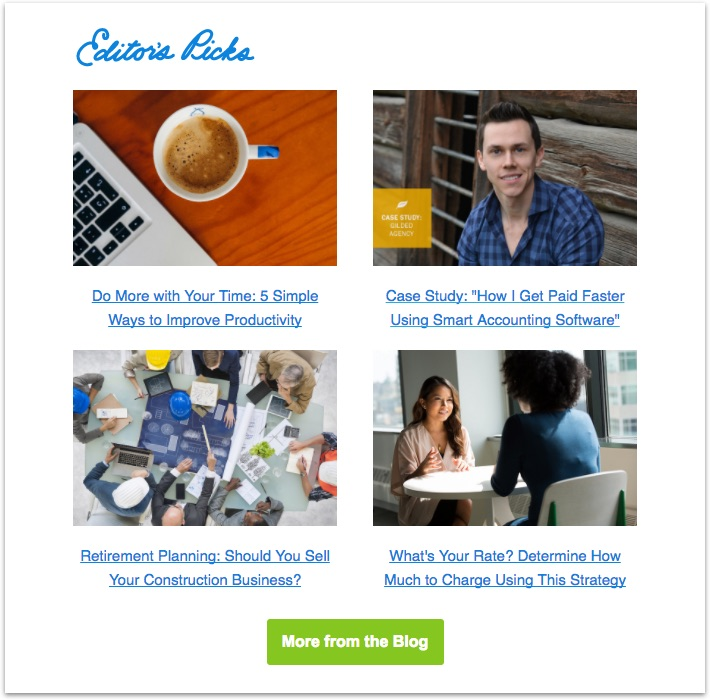
Innovative Engagement Strategies to Minimize Churn
Wondering how to reduce customer churn with user engagement? Well, you have two main options: walkthroughs and tooltips.
Interactive Walkthroughs for User Engagement
Interactive walkthroughs make your user feel confident enough to adopt your product. This is even more true if the walkthrough caters to their specific workflow. Insights into your onboarding process will tell you where users would benefit from a walkthrough.
Let's look at some examples.
Rocketbots
Users are greeted with a pleasant welcome screen when they sign up for Rocketbots. It's clear that the first step is to make a Space, which then takes the user to a dashboard.
Without a walkthrough, the many options on the dashboard could be dizzying. Luckily, the onboarding checklist takes the guesswork away and tells users exactly what to do. This walkthrough increased Rocketbots' activation rate significantly.
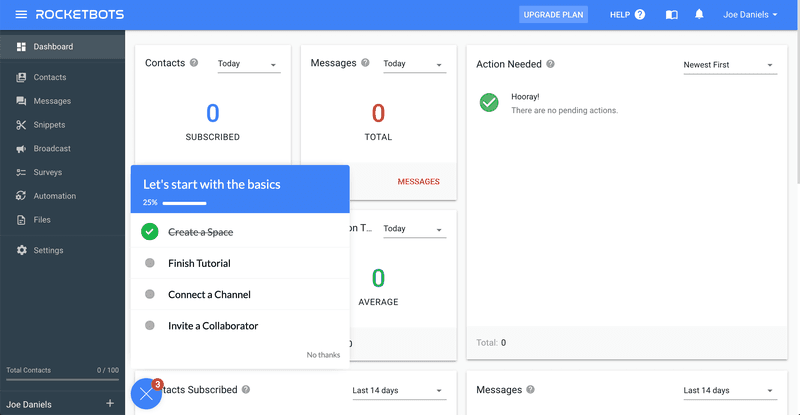
Salesflare
Salesflare simplifies CRM with a product walkthrough. It starts by introducing key features and explaining the app's benefits through the tour.
Once the tour is over, users are encouraged to connect third-party services – the perfect way to end a walkthrough as it gives your customers that "Aha!" moment.

Tooltips for User Engagement
Tooltips are UI elements that walk users through specific features in a SaaS product. Here's what they look like in action.
Asana
Asana uses a tooltip to highlight its Dark Mode feature. The colored tooltip stands out against the plain background to grab the user's attention. Users who don't want a tooltip can click on the CTA button to remove it.
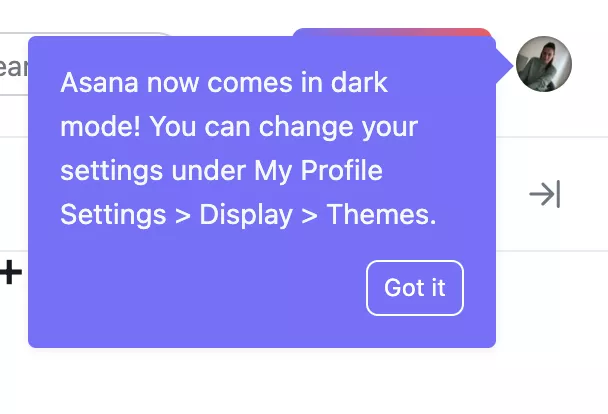
Slack
Slack has a tooltip next to its Send Message feature, which is a core component. The feature itself is obvious and easy to use, but its Schedule for Later aspect is underlooked. Geniusly, the tooltip appears at night when users may be conflicted about bothering colleagues with a message.

The Role of Customer Feedback in Churn Prevention
Getting feedback from customers is the only way to meet their needs fully and reduce churn.
If you're getting complaints, that means there is a bigger unsolved issue hidden from view.
Complaints are like tips of the iceberg – they suggest that the bigger part of the problem is hidden from the view. Around 96% of unhappy customers don't even complain, and 91% simply leave without a comment.
But it's not always your fault – it doesn't take much. 32% of customers quit their favorite brands after one bad experience. That also means they won't stick around if their complaints aren't answered. The right response to feedback can even make the most dissatisfied customers stay.
Let's look at an example.
Groove
Groove reduced its churn significantly by doing something incredibly simple: asking its customers why they're leaving. Asking for feedback is the perfect chance to improve your service.

But you can't just ask any other customer for their feedback. Feedback from a subscriber who never converted from a free trial won't be helpful, but a comment from a lifelong customer who quit unexpectedly will be invaluable.
Eventually, you'll gather enough churn data to categorize it into buckets. Research and analysis will help you determine which buckets to address first.
Proactive Customer Service as a Churn Reduction Tool
Proactive customer service has a two-step strategy: anticipate their needs and help them before they even ask you to. For example, if a company informs you about a shipping delay you weren't yet aware of, that's proactive.
Here's what proactive customer service looks like in action.
Feedback Surveys – Asana
Not sure what your customers need? Ask them.
Asana, a project management tool, frequently sends customer satisfaction surveys. The company uses this information to improve its tools, such as onboarding or navigation. Plus, it offers its users a reward for taking the survey.

Cart Abandonment Emails – Casper and Docusign
Casper nudges its users with cart abandonment emails whenever a product is left unpurchased. DocuSign set an example for SaaS products by sending cart abandonment emails for freemium software. They send a nudge when a user signs up for a free trial but doesn't use it.
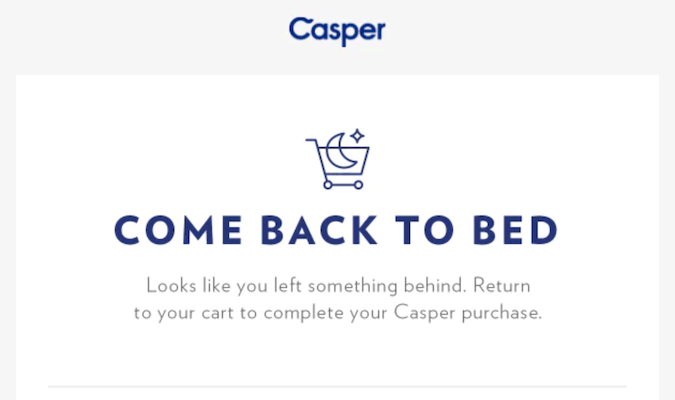
Chatbots – Modash
Lastly, chatbots can rely on AI to implement self-service for buyers. Modash is an excellent example, with help for any product-related query, as well as product updates and marketing assets. It's easy to find and incorporate a chatbot into your SaaS community.
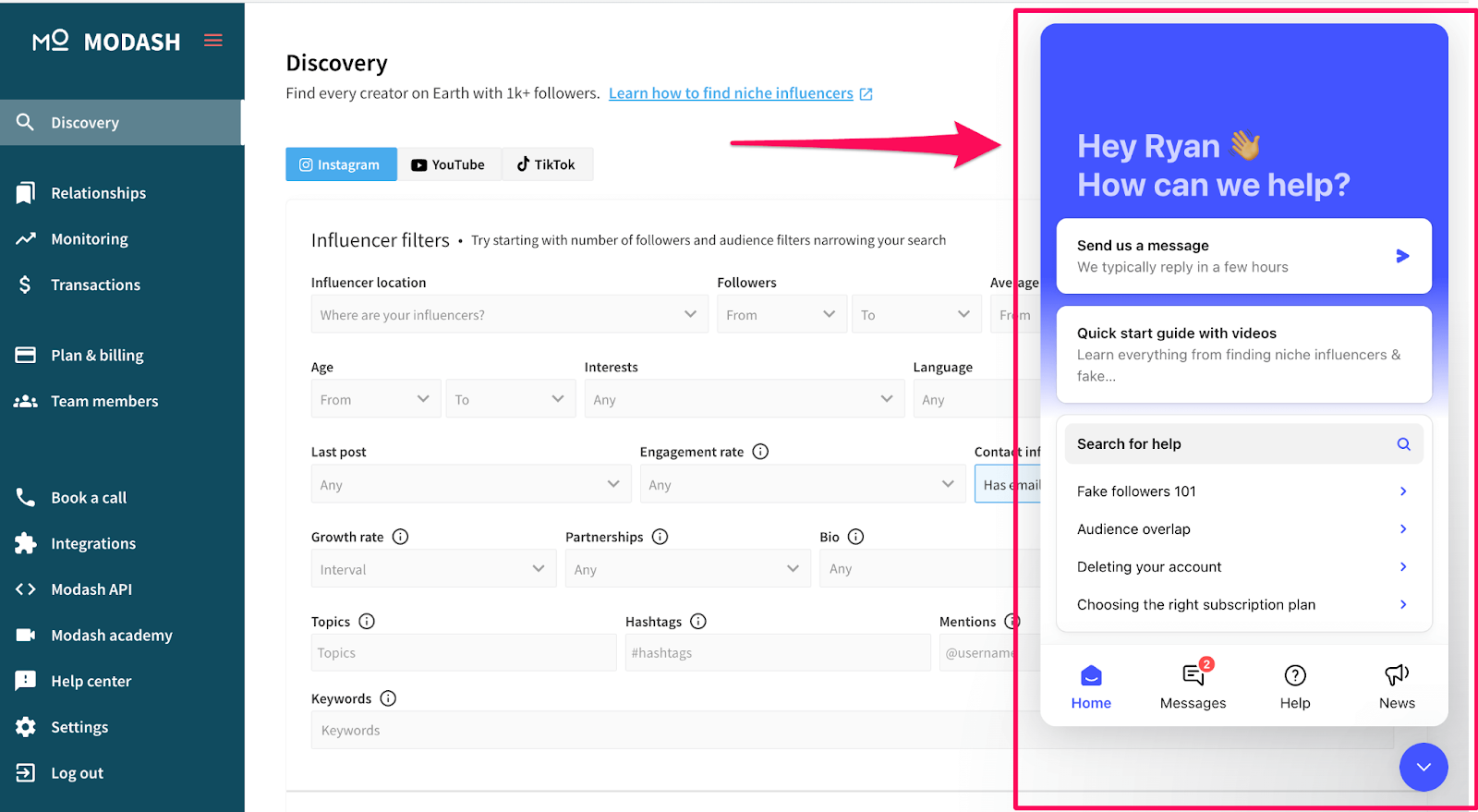
Pricing Strategies to Counteract Churn
The way you value your service can impact your churn rate drastically. If you're losing money due to unavoidable churn, your pricing plans should make up for it. Here are some strategies to look into.
Offer the Best Value - Leadpages
Let's look at a pricing example.
- Starter: $10 /month
- Plus: $20 /month
- Premium: $39 /month
- Agency: $350 /year
Most people prefer the Agency plan because it seems like a better deal – you save up to 25% every month. But there's a hidden benefit in charging upfront for a whole year: it reduces the chances of customers canceling their subscriptions.
When you pay for a year in advance, you're more likely to use the product regularly, find value in it, and renew.
Consider Leadpages as an example. Their Pro Annual Account costs less per month than the Pro Monthly Account. Yes, you pay more upfront, but you end up saving 39% annually.
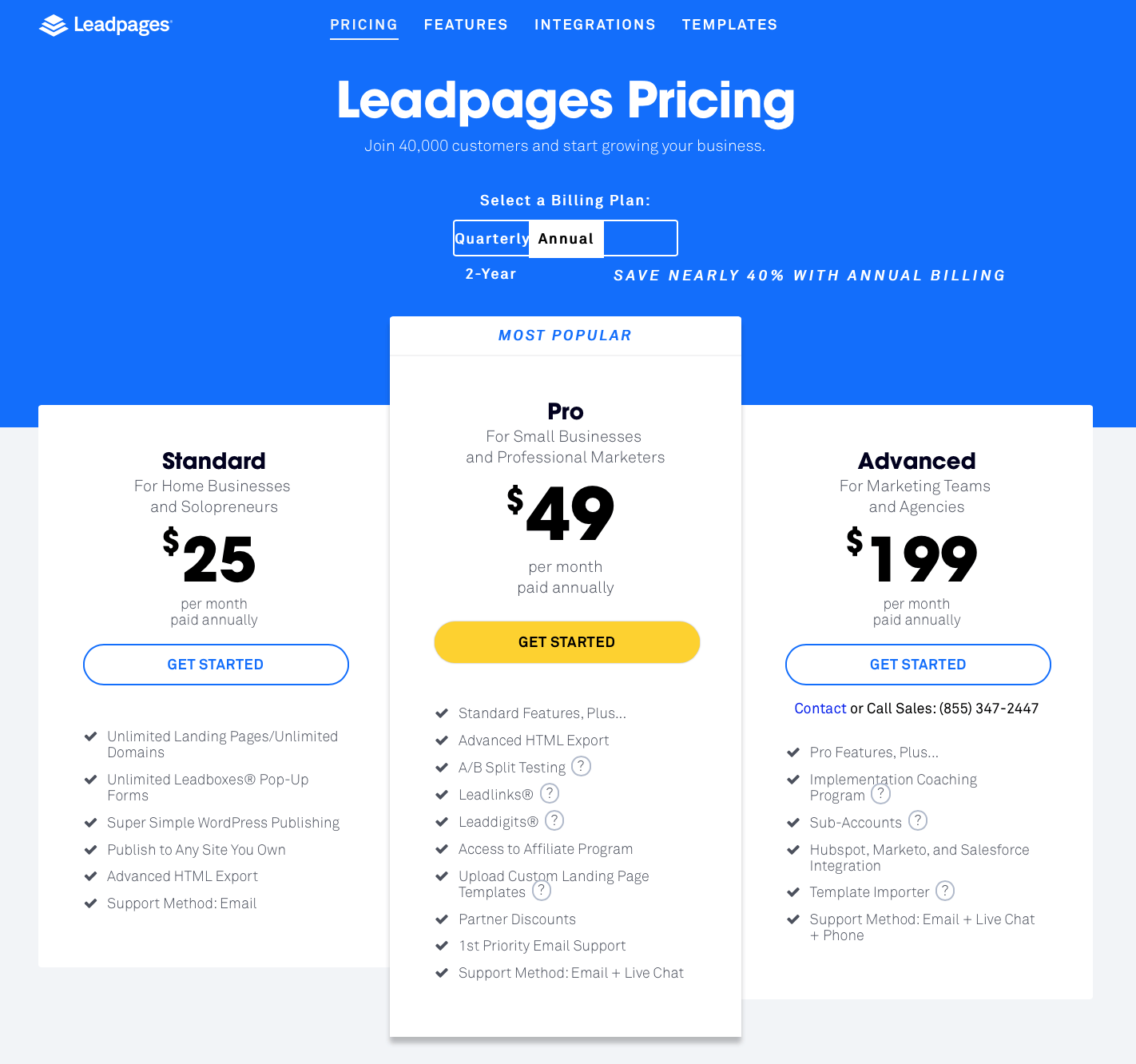
This upfront investment makes you more committed, and you'll start using the service immediately to get a return on your investment.
Offering annual subscriptions with discounts secures your cash flow and lowers your CAC while increasing CLV.
It's a win-win situation!
Add a Negative Option Billing - Calm
If you want to limit your screen time, you’ll probably make certain apps harder to access by setting a password or time limit on them. The trouble of accessing them will overtake your need to use the app. So, in most cases, you’ll just let it be.
This concept is called "designing for laziness," similar to what some companies do with their billing. They use something called a "negative option billing," which means customers have to either pay for the service or go through the trouble of canceling it.
For example, the mindfulness app Calm has a negative option for its yearly subscription. If you forget about it, it will automatically renew your subscription and let you know. Now, you might stick with it just to get your money's worth, even if you initially forgot about it.
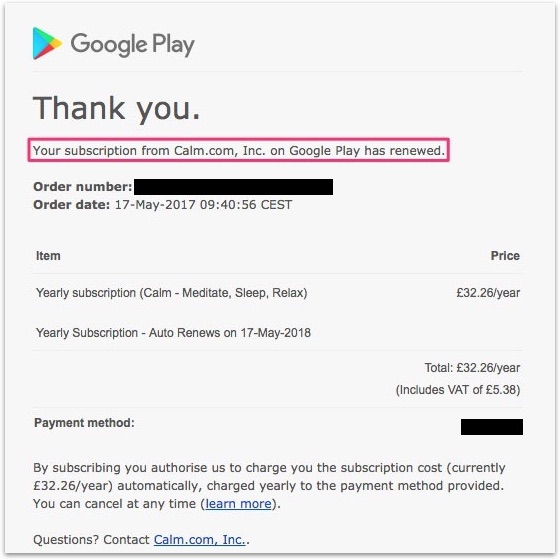
Update Credit Systems – Snowflake
In the usual subscription setup, you pay for a service whether you use it or not. But some companies, like Snowflake, use a different approach.

They sell credits, and if you don't use them, they can roll over to the next period. This concept isn't just in software – you'll also find them in mobile phone minutes or airline miles. During the pandemic, when travel was restricted, many airlines let customers keep their miles for the next year.
If your credits usually expire in six months, you could extend that to a year. Customers will appreciate the extra time during a money rut and decide to stick with your service.
Injecting UBP in Conversions – Slack
Companies can discuss Usage-Based Pricing (UBP) with users. Whether customers have been using this pricing model or are considering it, it's wise to mention its pros. For instance, you could say, "We want to make sure you get value by matching your usage to your price," or "You can adjust your usage without having to cancel."
Slack's Fair Billing Policy is a great example. They don't charge for inactive users. So, if you set up 100 accounts but only 80 people actively use Slack, you won't be billed for the unused 20 accounts.
Slack uses this policy in its messaging to create goodwill with customers.
Leveraging Data Analytics to Predict and Prevent Churn
A study by McKinsey shows that SaaS companies with the highest revenue growth also have high retention rates and low revenue churn. Predicting churn allows businesses to take proactive actions to retain existing customers.
What to Collect
About 50% of customers naturally quit a service every five years. But only 1 in 26 unhappy customers express dissatisfaction – most silently stop using the service. Churn analysis can help you make those silent quitters stay.
Churn data analysis relies on various data sources to understand customer behavior and satisfaction. Key categories to collect include:
- Customer Data: Demographic info, profiles, and contact details.
- Behavioral Data: Purchases, usage patterns, website visits, and app interactions.
- Transactional Data: Purchase history and payment methods.
- Customer Feedback: Surveys, support interactions, and social media sentiment analysis.
- Usage Data: Feature usage or login frequency.
How to react to data:
Once you’ve gathered all churn-related data, it’s time to spin it into gold. Companies can use this data to refine their customer retention strategy.
This could look like:
- Customer success teams talking to high-risk customers to offer support or learn any unmet needs.
- Using reminder emails or other personalized re-engagement strategies to reconnect with customers.
- Creating targeted content to educate customers and address potential pain points.
- Considering changes to broader retention strategies, such as pricing models, to meet customer expectations.
In-depth churn data analysis is the one way to know what's really causing customers to leave. Then, you can use this data to predict churn before it happens.
Summary
Churn may be unavoidable, but it's still manageable thanks to some of the above best practices. Churn reduction goes beyond making a better product – it's about maximizing CLV. If you can do that, your churn rate will drop, and you can return to growing your business.